SOURCE: IDRW.ORG TEAM
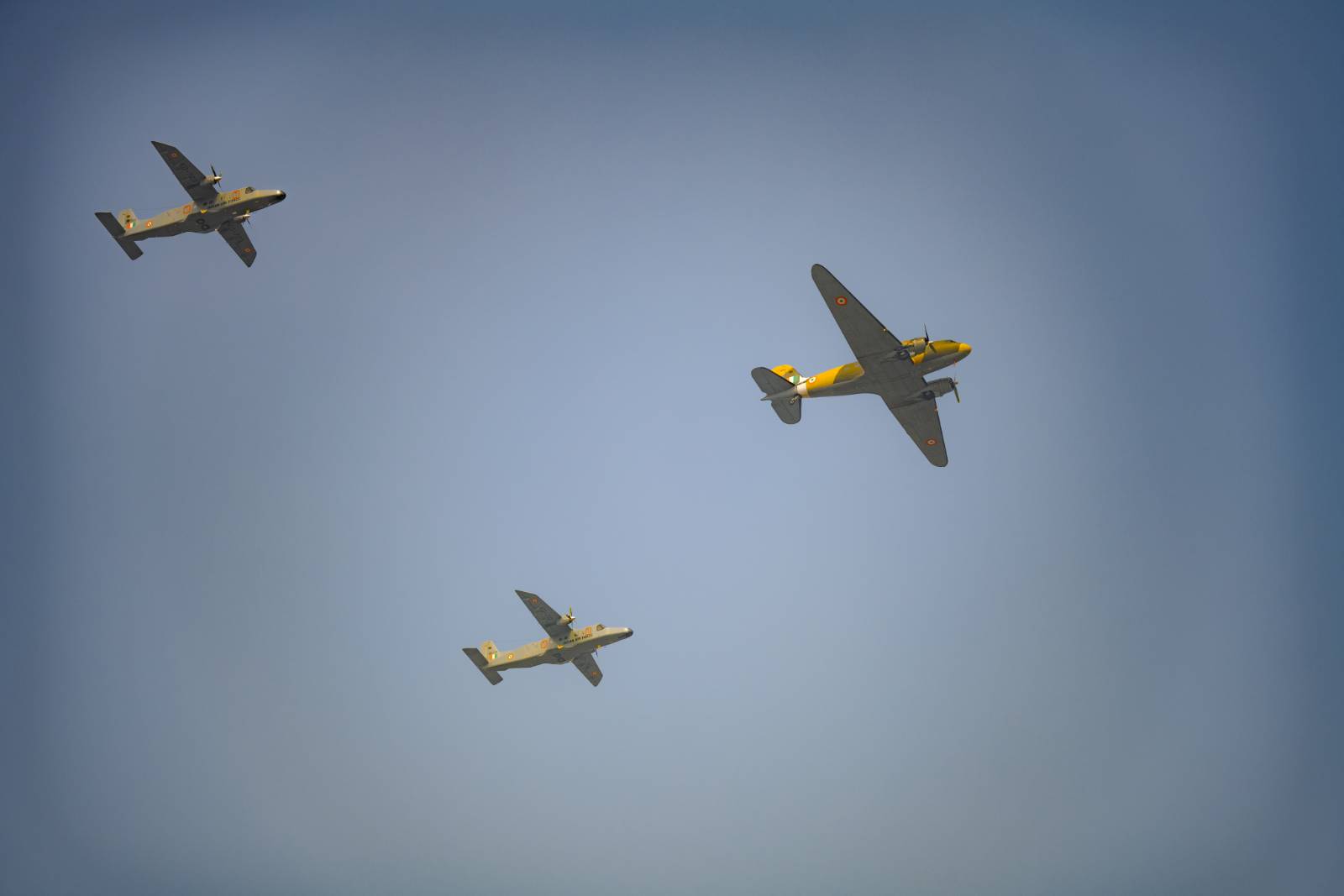
This Republic Day, the Indian Air Force (IAF) will take to the skies with a unique formation that seamlessly blends the past, present, and future of Indian aviation. The “Tangail” formation, named after the historic airstrip in Bangladesh, will showcase a legendary aircraft alongside two modern jets embracing a sustainable future.
At the heart of the formation will be the venerable Douglas DC-3 Dakota. Affectionately nicknamed the “Gooney Bird,” this iconic transport aircraft served as the workhorse of the IAF for over six decades, playing a crucial role in wartime missions and peacetime operations. Its distinctive silhouette, now a symbol of Indian aviation history, will once again grace the Republic Day skies, evoking memories of its illustrious service.
Continue readingSOURCE: RAUNAK KUNDE / NEWS BEAT / IDRW.ORG
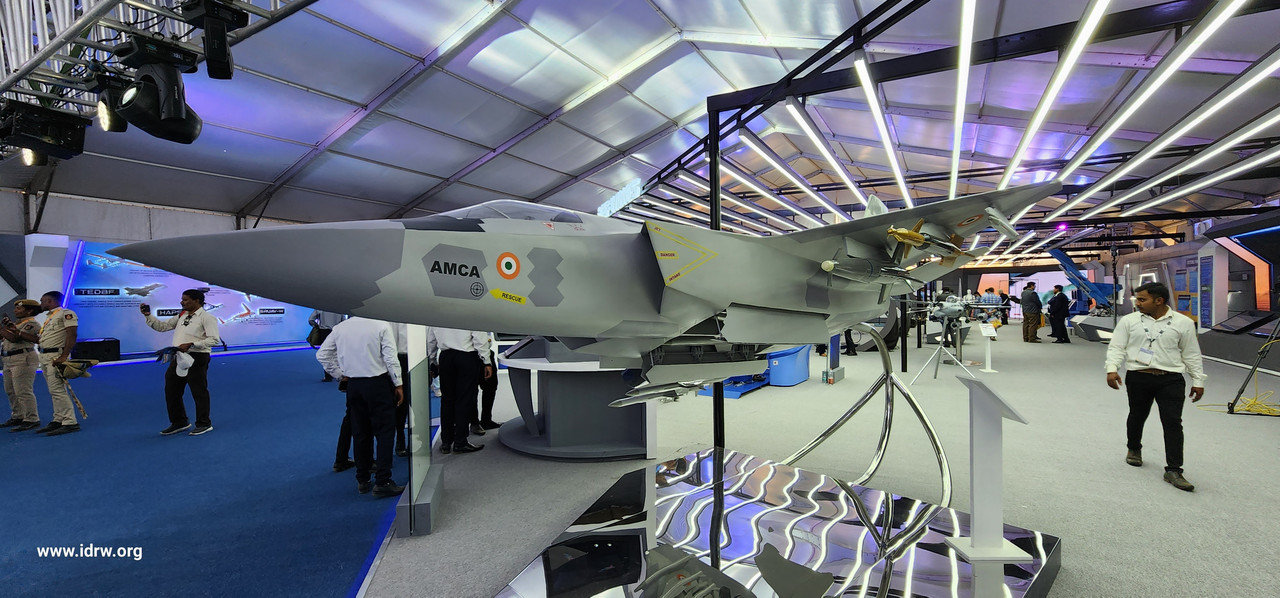
The Indian Air Force’s dream of a domestically-built fifth-generation fighter jet, the Advanced Medium Combat Aircraft (AMCA), inches closer to reality, albeit with a revised timeline. According to DRDO Chief Dr. Samir V Kamat, the AMCA Phase-I, equipped with the GE-F414 engine, could take its first flight within seven years, with the first induction potentially happening ten years down the line.
This revised timeline, however, sparks questions. Earlier, DRDO had confidently claimed a three-year timeframe for the first flight after receiving Cabinet Committee on Security (CCS) clearance. With CCS approval still pending and a budget of Rs. 15,000 crore requested, the wait for the AMCA seems to be stretching.
Continue readingSOURCE: RAUNAK KUNDE / NEWS BEAT / IDRW.ORG
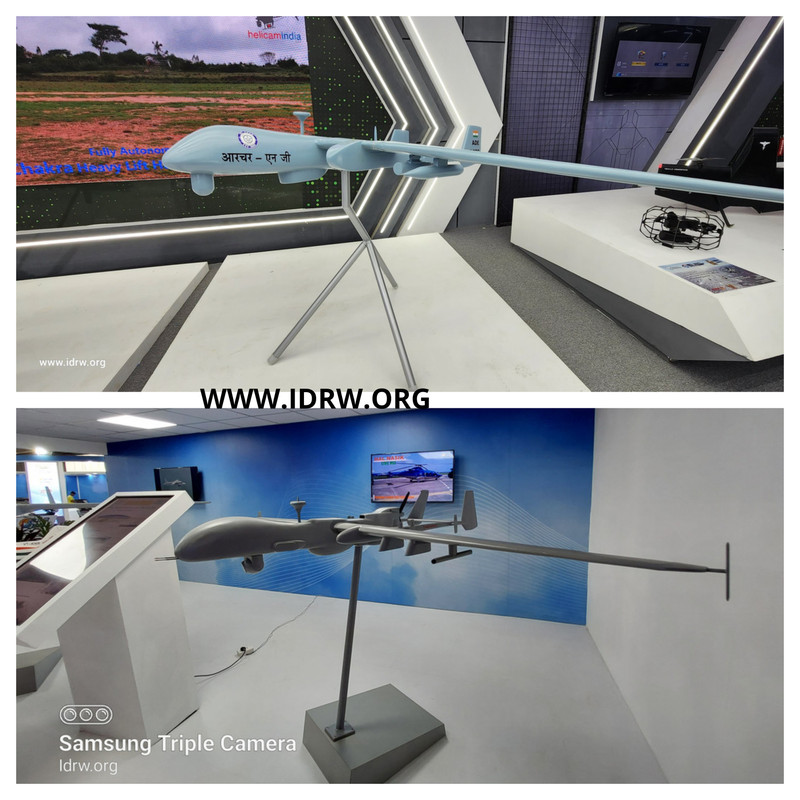
India’s ambitious plans to acquire 155 Medium-Altitude Long-Endurance (MALE) Unmanned Aerial Vehicles (UAVs) for its armed forces might see a split order, with domestic and Israeli options vying for dominance. This development comes amidst the recent crash landing of the Tapas MALE UAV Program, a setback for India’s indigenous program, and a boost for Israeli companies like Elbit and IAI, which have already secured emergency deals for their Hermes-900 and Heron-MkII drones.
The Adani Group’s domestically produced Hermes-900 has secured orders from the Indian Army and Navy, while the Indian Air Force (IAF) has picked the Heron-MkII from IAI. IAI has further sweetened the deal by offering local manufacturing of the Heron-MkII in collaboration with HAL. This immediate access and proven performance of Israeli drones have tilted the scales in their favour in the short term.
Continue readingSOURCE: RAUNAK KUNDE / NEWS BEAT / IDRW.ORG
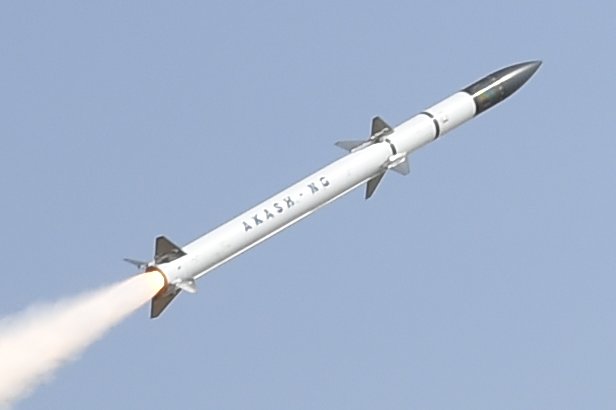
The Russia-Ukraine war has painted a stark picture on the battlefield: missile-based air defence is no longer optional, it’s essential. The proliferation of cheap drones wreaking havoc on expensive air defence systems has driven home a crucial point – nations need affordable, locally produced missiles to counter this emerging threat. Enter the Akash-NG interceptor, a game-changer for India’s air defence capabilities.
The Akash-NG’s arrival couldn’t be more timely. Its focus on tackling smaller aerial threats like drones, UAVs, and rockets aligns perfectly with the evolving battlefield landscape. With its advanced tracking and engagement capabilities, it promises to be a formidable shield against these low-cost, disruptive technologies.
Continue readingSOURCE: IDRW.ORG TEAM
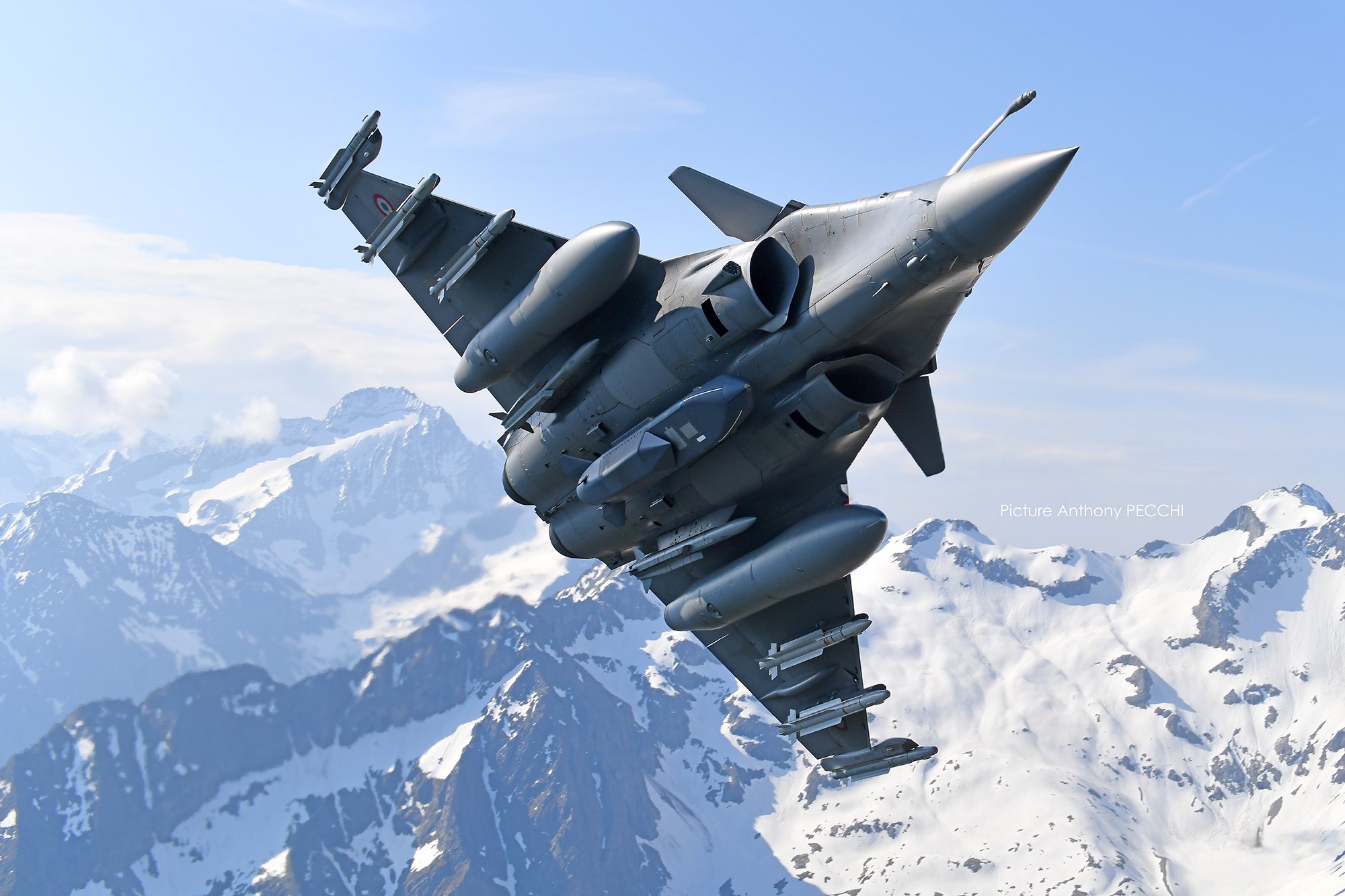
The skies are heating up! MBDA, a European missile giant, is gearing up for the next leg in the Beyond Visual Range Air-to-Air Missile (BVRAAM) race with its MICA Next Generation (MICA-NG). This ambitious project promises to bridge the gap between existing technologies, offering operators like India’s Rafale fighter jets a potent new weapon in their arsenal.
Current MICA missiles, available in both infrared (IR) and radio frequency (RF) variants, fall short of the expected range for modern BVRAAMs, maxing out at 80 km. While the ultra-long-range Meteor reigns supreme with its 200+ km reach, its hefty price tag makes it a costly option. MICA-NG aims to strike a balance, delivering a whopping 160 km range at a significantly lower price point.
Continue readingSOURCE: IDRW.ORG TEAM
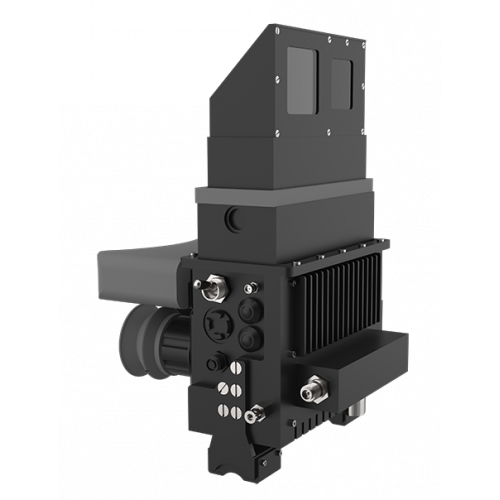
The Ministry of Defence (MoD) of India is embarking on a major initiative to improve the nighttime operational capabilities of its armored vehicles. They are seeking to procure approximately 2500 Thermal Imager (TI)-based Driver Night Sights (DNS) for three different platforms: BMP-2/2K Infantry Fighting Vehicles, Armoured Ambulance Tracked (AAT) vehicles, and Carrier Mortar Tracked (CMT) vehicles.
The procurement plan emphasizes self-reliance, aligning with the “Make in India” and “Atmanirbhar Bharat” programs. This implies that the TI-based DNS systems must be manufactured within India, fostering domestic capability development in this critical defense technology sector.
Continue readingSOURCE: RAUNAK KUNDE / NEWS BEAT / IDRW.ORG

Hyderabad-based startup Paninian India Private Limited is making waves in the Indian aerospace industry with its ambitious engine development projects. Having completed the “conceptual validation” of its 4.5 kN Turbojet Engine, the company is now focused on building the prototype. But their vision extends beyond this initial engine, targeting an even more powerful 8.5 kN Turbofan.
This larger engine, according to Paninian, is specifically designed to propel the “Bigger CATs Warrior,” a more potent strike variant of the Unmanned Teaming System (UTS) currently under development by HAL-NewSpace Research. Sources reveal that Paninian has proactively offered its engine to HAL for consideration, confident in its capabilities to meet the demanding requirements of the Warrior UAV.
Continue readingSOURCE: RAUNAK KUNDE / NEWS BEAT / IDRW.ORG
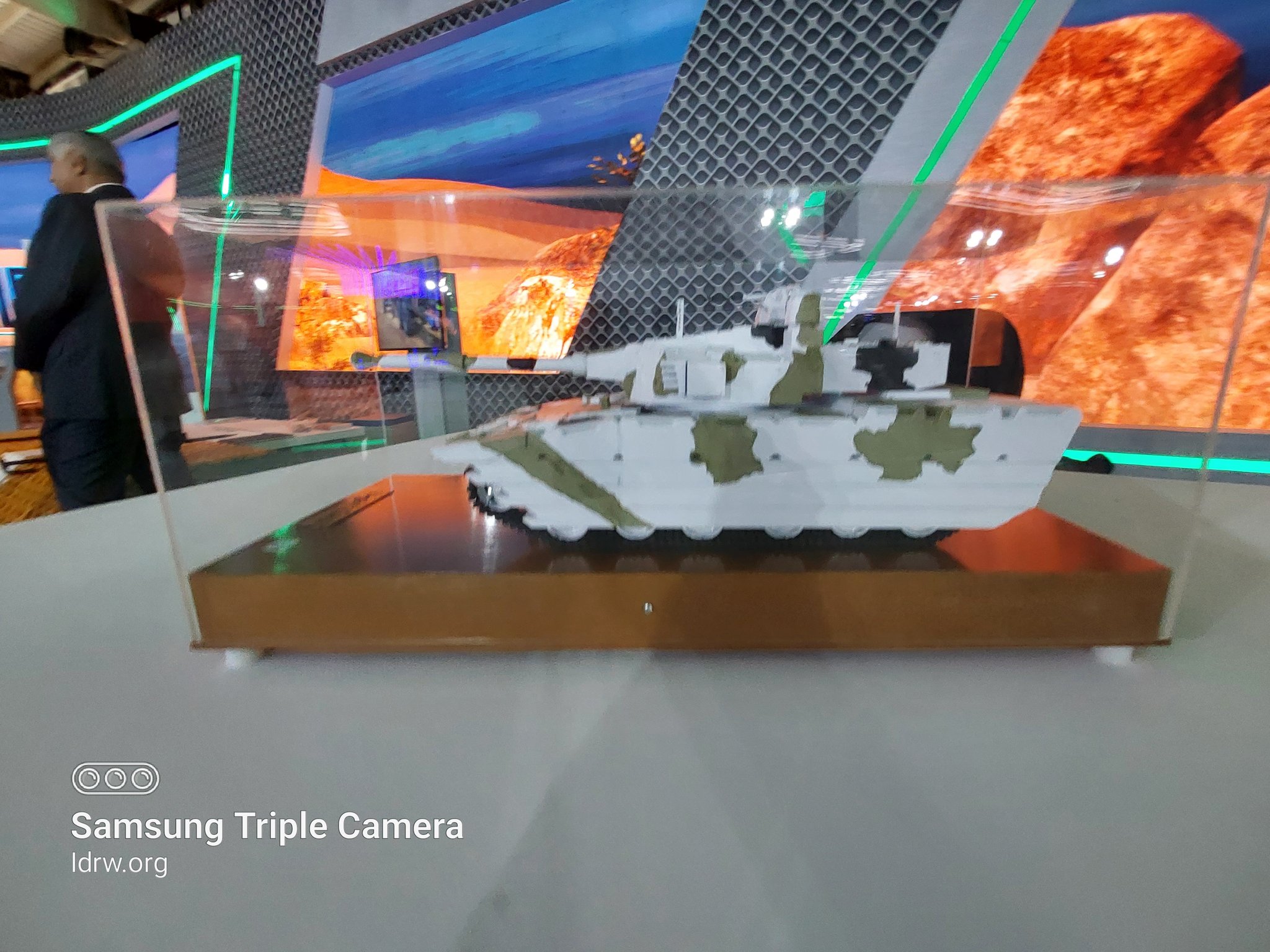
The Indian Army’s quest for a potent light tank for Himalayan warfare takes an intriguing turn with news of two competing 105mm guns vying for the final slot. On one hand, DRDO, in collaboration with Pune-based Bharat Forge, is developing a domestic gun, aimed at self-reliance. On the other hand, media reports suggest the initial prototypes of the “Zorawar” tank might utilize a 105mm gun from Belgian firm John Cockerill.
Reports suggesting a Belgian 105mm gun for the Zorawar prototypes are currently unclear. While the initial prototypes might not feature the indigenous gun, it’s highly likely to be integrated into the production variant, marking a critical milestone in India’s defence technology.
Continue readingSOURCE: RAUNAK KUNDE / NEWS BEAT / IDRW.ORG
The Defence Research and Development Organisation (DRDO) is gearing up for a significant leap in India’s indigenous aero engine development with the construction of a Twin Test Cell facility at the Gas Turbine Research Establishment (GTRE) in Bangalore. This state-of-the-art facility, slated for completion by late 2025, will play a crucial role in testing and refining cutting-edge aero gas turbine engines for future Indian fighter jets and military aircraft.
The Twin Test Cell, as the name suggests, will comprise two separate test cells. Each cell will be equipped to handle engines with a thrust class of up to 130 kN, making it a significant upgrade from existing facilities. This increased capacity will allow DRDO to test and develop engines for a wider range of military aircraft, including future generations of fighter jets with enhanced power and performance.
Continue readingSOURCE: IDRW.ORG TEAM

Engine Factory Avadi (EFA), a pillar of India’s military might, has achieved a landmark feat: 100% indigenization of the UTD 20 engine, powering the backbone of India’s armored fleet – the BMP infantry combat vehicles and other battle support vehicles. This accomplishment marks a significant stride towards self-reliance in critical defense technology.
The UTD 20 engine is a potent workhorse, delivering the muscle needed for these versatile combat vehicles to navigate challenging terrain and engage in intense operations. Its robust design and reliable performance have been proven under demanding conditions, making it a trusted asset for the Indian Army.
Continue readingSOURCE: IDRW.ORG TEAM

The Indian Army’s dedication to self-reliance and cutting-edge technology was recently on display with the showcasing of the Army Design Bureau’s latest innovation: the Multipurpose Octocopter. This versatile drone, a testament to the in-house research and development efforts of the Indian Army, promises to revolutionize battlefield operations in a variety of ways.
Soaring above the challenges of high-altitude terrains, the Multipurpose Octocopter boasts an impressive payload capacity of 25 kg, making it ideal for delivering essential supplies to forward posts located in remote and treacherous areas. This capability can significantly improve the lives of soldiers stationed at these critical outposts, ensuring they have the resources they need to perform their duties effectively.
Continue readingSOURCE: RAUNAK KUNDE / NEWS BEAT / IDRW.ORG

The Adani Group, in a significant development for India’s maritime defence capabilities, has confirmed plans to develop a ship-based variant of the Naval Anti-Ship Missile – Short Range (NASM-SR). This comes on the heels of their selection as the production partner for the helicopter-launched version of the missile, currently under development by the Defence Research and Development Organisation (DRDO).
The existing NASM-SR boasts a respectable range of 55 kilometers. However, the new ship-based variant will pack an extra punch, thanks to the addition of a solid booster. This enhanced propulsion system promises to significantly extend the missile’s strike range, allowing it to effectively engage warships and other sea-based targets at greater distances.
Continue readingSOURCE: RAUNAK KUNDE / NEWS BEAT / IDRW.ORG
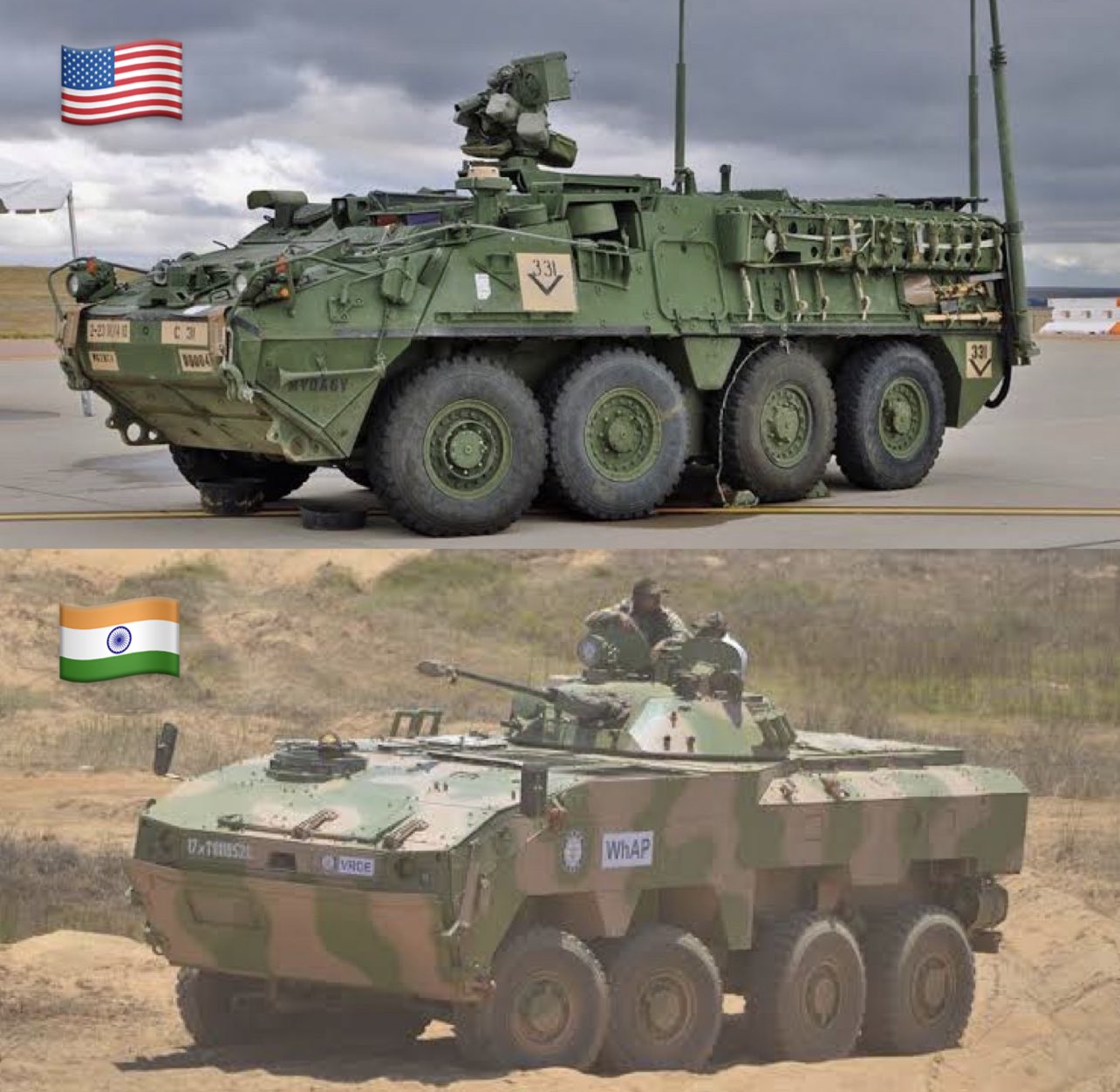
The battlefield of armoured vehicles in India is heating up, with the 8×8 platform taking centre stage. Two domestic giants, Mahindra and Tata, have joined forces with DRDO to develop the WHAP (Wheeled Armoured Platform), aiming to secure a coveted contract from the Indian Army for 700 vehicles. However, a formidable contender stands in their way: the Stryker from the United States, offered with full Transfer of Technology (ToT).
While technical specifications are crucial, other factors come into play. DRDO claims that the WHAP is lighter and more agile than Stryker, potentially offering better manoeuvrability in confined spaces. However, Stryker’s combat experience and mature technology might translate to better operational readiness and crew training.
Continue readingSOURCE: RAUNAK KUNDE / NEWS BEAT / IDRW.ORG
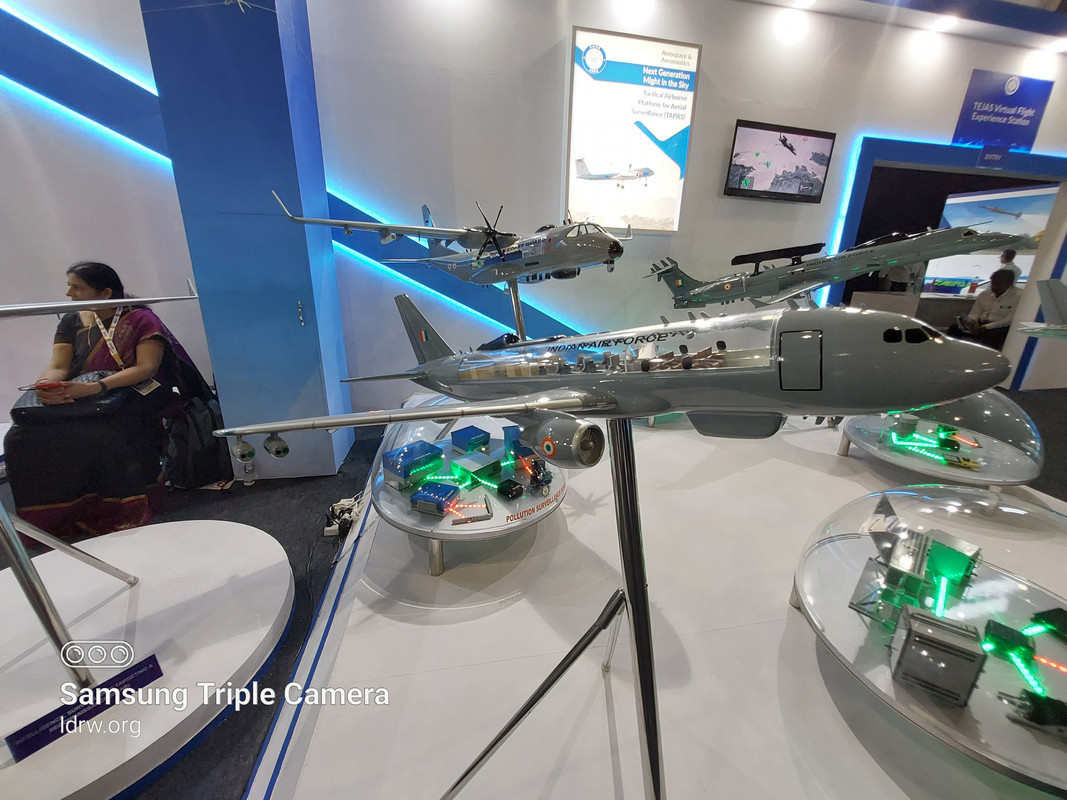
The Indian Air Force (IAF) is poised to witness a significant leap in its electronic warfare capabilities with the impending arrival of the Signal Intelligence and COMJAM Aircraft (SCA) project. This ambitious program, spearheaded by the DRDO’s Centre for Airborne Systems (CABS), has received IAF clearance in 2019 and is expected to secure Defence Acquisition Council (DAC) approval soon, according to prominent defence journalist Anantha Krishnan M.
The SCA is much more than just a fancy antenna on a plane. It’s a manned multi-mission platform, capable of undertaking long-range and high-endurance signal intelligence missions. At its core lies the combined power of SIGINT (Signal Intelligence) and COMJAM (Communications Jamming), providing the IAF with a comprehensive electronic warfare package.
Continue readingSOURCE: IDRW.ORG TEAM

The Ethiopian Air Force has recently received two Sukhoi Su-30 fighter jets, marking a significant addition to its military power. While the acquisition brings much-needed fighter jets to the Ethiopian force, experts have raised concerns about the age and capabilities of the aircraft.
According to African Defence Experts, the two Su-30s are likely variants of the Su-30K originally built for the Indian Air Force (IAF). These early-model Su-30Ks were eventually sold back to Russia in 2007 as the IAF upgraded to the more advanced Su-30MKI.
Continue reading